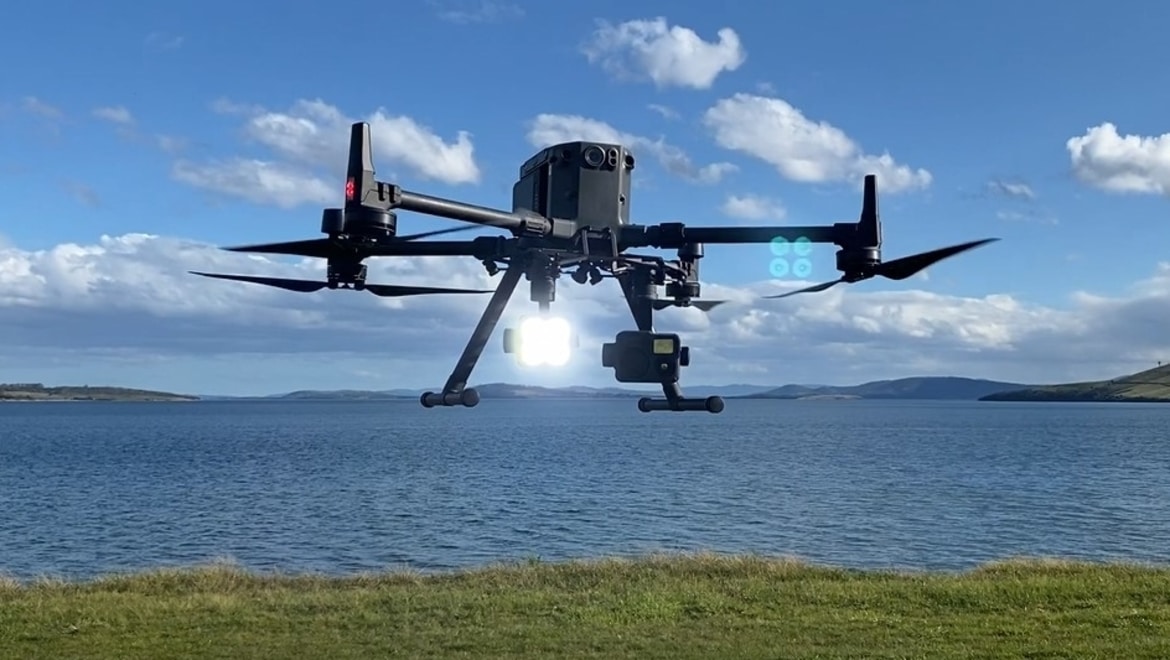
The Australian government is to develop an air traffic control-style system for drones, which will be created in collaboration with Defence, Airservices and CASA.
The announcement was made as Deputy Prime Minister Michael McCormack unveiled a new policy statement on the matter and promised to invest $35.7 million into the emerging aviation technology.
“The jobs, the economic stimulus and other social benefits drones could have for industries such as agriculture, as well as regional communities, are transformational,” Deputy PM McCormack said.
Plans for a Unmanned Aircraft System Traffic Management (UTM) system were one of the key pillars of the government’s National Emerging Aviation Technologies (NEAT) Policy Statement.
The document reveals the Department of Infrastructure will prepare an “action plan” to create an air traffic control style system that will work in conjunction with existing processes for traditional aircraft.
It will also include a new National Drone Detection Network that will use sensors to monitor the devices and safeguard privacy, noise and their use at cultural sites. It aims to begin initial operations in 2023.
“Growth in the use of drones and eVTOL in Australia is estimated to support more than 5,000 jobs and a $14.5 billion increase in GDP over the next 20 years – of which $4.4 billion would be in regional areas across New South Wales, Queensland and Victoria,” said Deputy PM McCormack.
“The NEAT Policy Statement sets out how we will make the most of these opportunities.
“The government is working closely with industry and communities to build a first-class aviation technology sector that is innovative, safe and considerate of local environments and needs.
As part of the NEAT Policy Statement, the government will invest $35.7 million to establish the Emerging Aviation Technology Partnerships program, including a Drone Rule Management System and Drone Detection Network.
“The program will establish strategic partnerships with industry to support aviation manufacturing jobs and encourage adoption of emerging aviation technologies to address community needs, particularly in regional Australia,” the Deputy PM said.
“These partnerships will trial new service delivery models, such as using AAM to create regional passenger and cargo links, providing benefit for regional communities and their economies while also increasing business efficiency, and reducing carbon emissions through new technology.
“Other initiatives under the NEAT policy statement include developing frameworks for the Drone Rules Management System to coordinate operating rules on drones across all levels of government and the National Drone Detection Network.
“This will detect drone activity to address security risks and support enforcement of other rules such as safety and airspace regulations.”
The Deputy Prime Minister said drones have huge potential to boost the nation’s economy while creating jobs.
“There are many incredible drone opportunities already being explored or trialled that proves exactly that, such as using drones to deliver medical items in regional Australia, tracking sharks around our beaches or mapping bushfire movements to support our valiant firefighting efforts,” said Deputy PM McCormack.
“In agriculture, the 2020 report found using drones could support more efficient decision making to improve profitability for our farmers by decreasing planting costs by up to 85 per cent, just one of many examples of how supporting the use of drone innovation and technology can continue to assist hard-working Australians.”
In September last year, one of the key figures formulating Australia’s drone policy told Australian Aviation he thought the country would eventually need to use machine learning AI to control our crowded airspace.
Simon Moore, an assistant secretary of aviation safety and future technology at the Department of Infrastructure, said he thinks there will one day be “hundreds of thousands” of drones in the sky.
“The numbers of things that are flying in the sky is going to increase quite dramatically,” he said.
















Steve
says:I wonder how much this is going to cost the drone flyer, look at Canada they may as well not have drones there, you have to know all the commercial aircraft jargon to get a licence. But I do believe there has to be rules but I hope it’s a no cost to the flyer